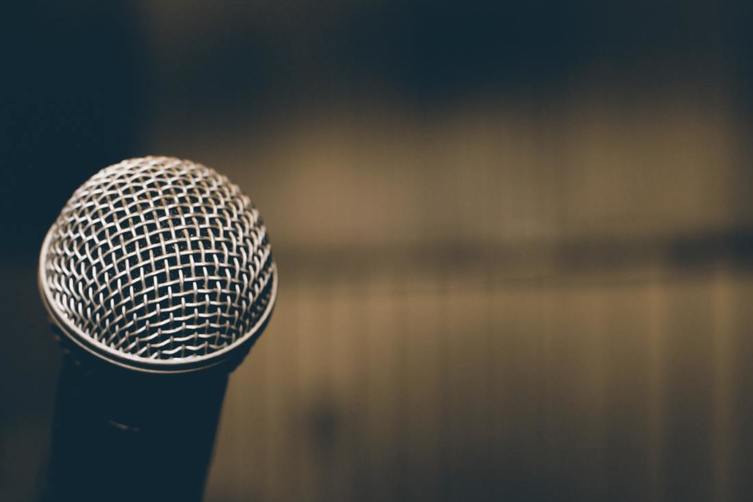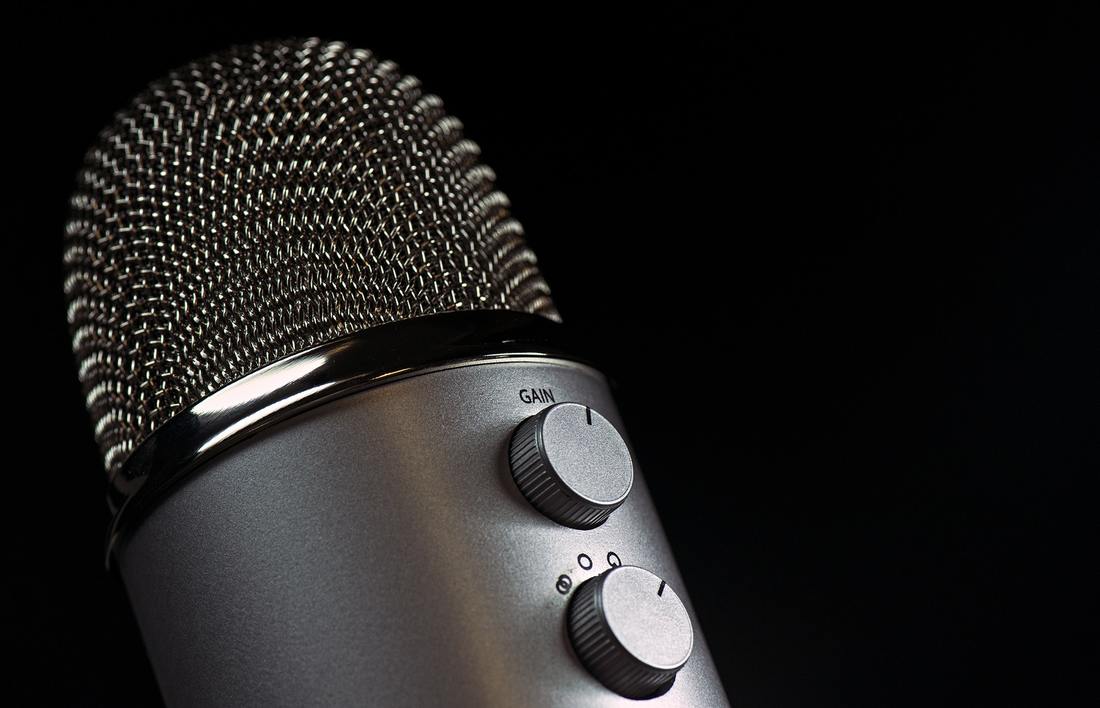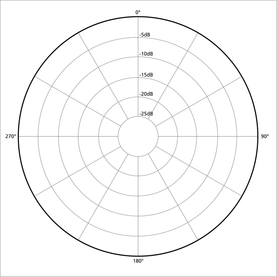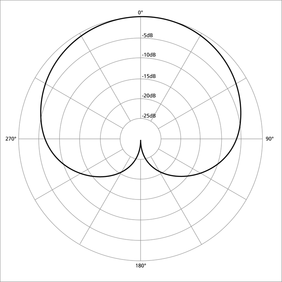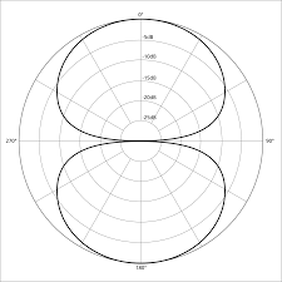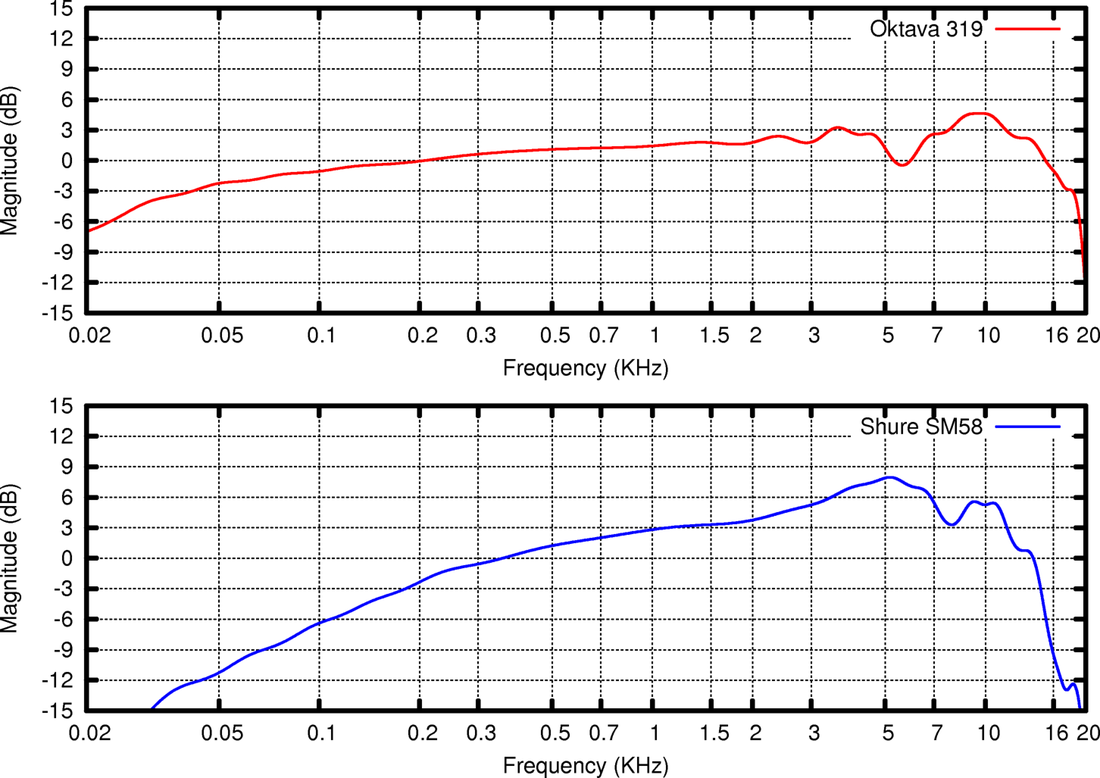|
The humble microphone is the business end of the recording chain, and so having the right mic is a must. In this rather lengthy post we look at some of the different types of microphones, and their characteristics that are useful to know when selecting a mic that meets your podcasting needs. Types of MicsThere are a lot of different mics available, so it's a good idea to know the basics and what to look for. Dynamic Microphones Dynamic mics are passive in design - they don't need electricity (Phantom Power) to make them work. Essentially, the mic capsule consists of a diaphragm suspended in a magnetic field on a moveable coil. When sound pressure waves hit the diaphragm, the coil moves back and forth in the magnetic field and creates an electrical signal analogous to sound waves - both have frequency and amplitude. Due to the relatively simple design, Dynamic mics tend to be quite robust and can handle loud sounds, but they are also less sensitive to sound (background noises) and higher frequencies. This makes them ideal for live performance use, and podcasting. Condenser/Capacitor Microphones Condenser mics have an active design, requiring Phantom Power to electrify the capacitor element in the mic's capsule. The diaphragm is positioned opposite the electrified capacitor plate, and as sound pressure waves hit the diaphragm, it moves towards and away from the electrified plate, causing the current passing through to fluctuate in frequency and amplitude. Condenser mics are not as robust as Dynamic mics, but are more sensitive to sound, and tend to have a greater frequency response range. As such, they're great for studio recording in a controlled environment. I tend not to recommend Condenser mics for Podcasting because of their sensitivity to sound, however if you are recording in a very quiet or sound-proofed & acoustically treated room, then it might be worth considering the Røde NT1-A, Audio Technica AT 4033a, or the AKG P220 depending on budget. USB Microphones Standard mics require a pre-amp and audio interface in order to connect to a computer to record. USB mics are all-in-one: mic, pre-amp and interface. USB mics can be both dynamic and condenser, and are popular with podcasters due to their design, convenience and portability. Downsides can include cheap components/design, and technical difficulties if you're wanting to record multiple mics simultaneously (there are work arounds though). microphone polar patternsA microphone's Polar Patterns indicates the directional sensitivity of the mic to sound around it.
Other Types of Polar Patterns Unidirectional: Highly directional polar pattern, more so than Hyper-Cardioid, e.g. Shotgun Microphones used in TV and film applications. Some podcasters use Shotgun mics, but I kind of think it's overkill. Hemispherical: This is really a type of microphone design, usually with an Omnidirectional polar pattern, where the capsule of the mic is placed very close to a boundary surface (e.g. a table top). This design is good for round table discussions in spaces that have poor acoustics - think company boardrooms, those round/triangular speakerphones that are placed in the middle of the table and usually end up with a knife in them if there's a fight! Microphone Frequency ResponseMost microphones will handle the human voice just fine, but I thought I'd just mention Frequency Response so that it's not a mystery. The Frequency Response of a mic is simply a measurement of the microphone's sensitivity to different frequencies. Human Beings can hear from 20Hz (very low bass) all the way up to 20,000Hz (very high treble). The graph below compares 2 different microphones' frequency responses from 20-20,000Hz: The top graph shows a mic with a fairly uniform frequency response, whereas the bottom graph shows a mic that is less sensitive to lower frequencies and very high frequencies. Most mic's frequency response is tailored to a particular function or even instrument. The top graph is of a Condenser mic that has a broad frequency range (note the extended higher frequency reach), suited to a broad range of studio functions. The bottom graph is of a Dynamic mic favoured for live stage performance of the human voice. Thank you for reading!
0 Comments
Your comment will be posted after it is approved.
Leave a Reply. |
